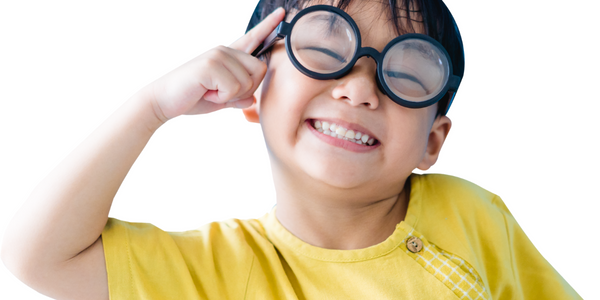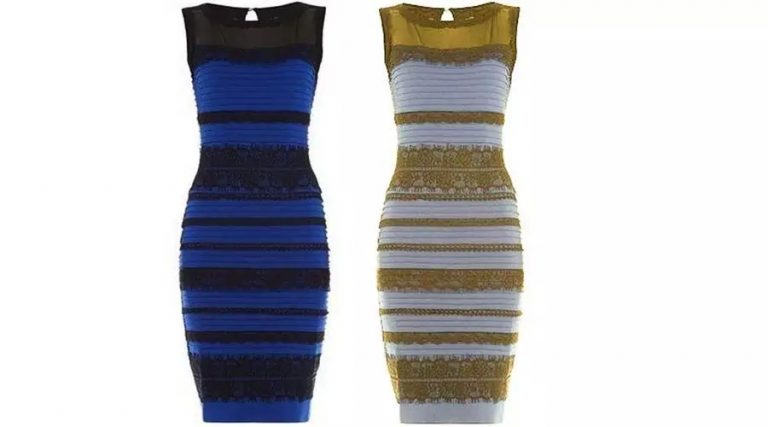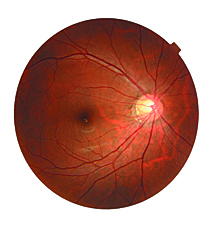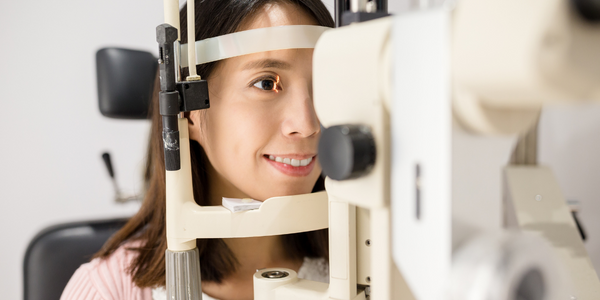A recent report revealed that 6.3% children aged between 4 and 6 were shortsightedness. The incidences of shortsightedness in kids aged below 7 and 12 were 30% and 50% respectively. The situation is getting worried.
Is my child shortsightedness??
Parents could judge on their children’s eye condition through their behaviours. If your children present the following actions, it may indicate they are myopic or the myopia is increased.
1. When children watch TV, they get closer and closer
2. Squinting to watch TV
3. Hold up your glasses often so that the lenses are close to your eyes
Most babies are farsighted, not shortsighted. Because the eye axis is shorter than that of adults, it cannot focus clearly. However, after about 6 or 7 years old, the development of the eyeball is completed, and the hyperopia will gradually decrease and gradually tend to myopia. Of course, children may also have vision problems due to genetics, daily eye care, lifestyle and other factors. Control myopia must understand the causes of myopia. The longer the eyeball axis, the deeper the myopia.
When the eyeball wearing myopia glasses focuses on seeing things, the central image will be focused on the retina, and the peripheral image will be focused on the back of the retina. If so, the eye axis will be longer and longer.
One of the myopia control theories is "peripheral defocus". With orthokeratology lens (OK lens), when the eyeball is focused on the scene, the central image will still be focused on the retina, while the peripheral image will be focused on the front of the retina, resulting in "peripheral defocus".
Due to the large changes in the eyeball of children at their developmental age, orthokeratology (OK lens) has a significant effect on myopia control. However, if you stop wearing "OK glasses" due to eye discomfort, illness, or participating in camping, the orthopedic effect will gradually diminish.
Pseudomyopia? Myopia ?
Parents must first be aware that children may suffer from pseudo-myopia. Therefore, in order to have a clear understanding of their eye condition (including degree, strabismus, amblyopia, hand-eye coordination, and whether there is an inverted eyelash, etc.), parents can arrange a comprehensive eye examination for them. If children do suffer from myopia, the most basic method is to fit them with glasses, so that they often have clear vision. In addition to regular review, follow-up of the child's degree, and the rate of increase in myopia, the optometrist can evaluate and recommend feasible methods to control myopia.
How to control myopia:
- Orthokeratology
- Special glasses
- Myopic control soft contact lenses (daytime wear)
A. Corneal molding/ reshaping/ Orthokeratology (night wear) (Orthokeratology)
Studies have shown that corneal molding/ reshaping/ Orthokeratology helps in controlling myopia and astigmatism. But the treatment should be conducted by qualified optometrist, and with professional equipments (such as corneal map to track the lens position). The lenses should be fitted accurately to avoid any eye irritation or lens dislocation.
Principle
Orthokeratology is a specially designed, rigid contact lens. Due to the high oxygen permeability of the lenses, they can generally be used at night when sleeping. The principle is to wear it when you sleep at night, and the curvature of the cornea can be changed through pressure. In the morning, the effect of reducing myopia can be achieved without even wearing glasses.
Precautions
However, because orthokeratology involves school children and wearing at night, the number of follow-up visits is high, and the examination is also quite rigorous, so that the cornea and the degree of change can be grasped in time.
Mandatory follow-up sessions include:
- The first morning after wearing lenses
- The first week
- The second week
- The first month
- and after every three months
Benefits/ Pros
Children have clear vision without glasses in school. They are able to join activities such as ball games, swimming, dancing in a safe and convenient condition (without glasses).
When myopia can be controlled, the children will not suffer from myopia related diseases such as retinal detachment.
Disadvantages/ Cons
If the eye health is not checked regularly, once the cornea is injured and not treated in time, the eye may become inflamed and even cause permanent vision damage. Therefore, parents must be careful to choose the right optometrist when fitting orthokeratology lenses.
Myopic control soft contact lenses (daytime wear)
There are soft contact lenses for myopic control for children. The lenses are worn in daytime.
Benefits/ Pros
The lenses are disposable. It eliminates the problems on poor cleaning and lens care.
Disadvantages/ Cons
These contact lenses are used for controlling myopia. It cannot be used to control and correct astigmatism.
Special glasses
If my child is very sensitive, or afraid of wearing contact lenses, you may consider to prescribe special eye glasses.
The eye glasses are tailor-made to control myopia, an experience optometrist helps to fit the glasses well to optimize the control effect.
Benefits/ Pros
There should be no eye inflammation/ discomfort.
Disadvantages/ Cons
The control effectiveness is less than that using contact lenses. Regular follow up is required to monitor myopic progression.
The followings are some listed journals about the efficiency and influence of using Orthokeratology/ Ortho-k. If you want more information, you may contact us at 852-23021898.
– Lin HJ, Wan L, Tsai FJ, Tsai YY, Chen L-A, Tsai AL, et al. Overnight orthokeratology is comparable with atropine in controlling myopia. BMC ophthalmology. 2014;14(1):40.
– Chan KY, Cheung SW, Cho P. Orthokeratology for slowing myopic progression in a pair of identical twins. Cont Lens Anterior Eye. 2014;37(2):116-9.
– Chen C, Cheung SW, Cho P. Myopia control using toric orthokeratology (TO-SEE study). Invest Ophthalmol Vis Sci. 2013;54(10):6510-7.
– Downie LE, Lowe R. Corneal reshaping influences myopic prescription stability (CRIMPS): an analysis of the effect of orthokeratology on childhood myopic refractive stability. Eye Contact Lens. 2013;39(4):303-10.
– Charm J, Cho P. High myopia-partial reduction ortho-k: a 2-year randomized study. Optom Vis Sci. 2013;90(6):530-9.
– Kim JR, Chung TY, Lim DH, Bae JH. Effect of Orthokeratologic Lenses on Myopic Progression in Childhood. Journal of the Korean Ophthalmological Society. 2013;54(3):401-7.
– Cho P, Cheung SW. Retardation of myopia in Orthokeratology (ROMIO) study: a 2-year randomized clinical trial. Invest Ophthalmol Vis Sci. 2012;53(11):7077-85.
– Santodomingo-Rubido J, Villa-Collar C, Gilmartin B, Gutierrez-Ortega R. Myopia control with orthokeratology contact lenses in Spain: refractive and biometric changes. Invest Ophthalmol Vis Sci. 2012;53(8):5060-5.
– Hiraoka T, Kakita T, Okamoto F, Takahashi H, Oshika T. Long-term effect of overnight orthokeratology on axial length elongation in childhood myopia: a 5-year follow-up study. Invest Ophthalmol Vis Sci. 2012;53(7):3913-9.
– Kakita T, Hiraoka T, Oshika T. Influence of overnight orthokeratology on axial elongation in childhood myopia. Invest Ophthalmol Vis Sci. 2011;52(5):2170-4. Epub 2011/01/08.
– Mok AKH, Chung CST. Seven-year retrospective analysis of the myopic control effect of orthokeratology in children: a pilot study. Clinical Optometry. 2011;2011(3):1-4.
– Eiden SB, Davis RL, Bennett ES, Herzberg C, Lipson M, Zigler L, et al. The SMART Study (Year 3 Update) – Stabilizing Myopia by Accelerated Reshaping Technique. In: Norman C, Bennett ES, Caroline P, Nichols JJ, van der Worp E, editors. The 4th Global Speciality Lens Conference; January 27 – 30, 2011; Las Vegas, U.S.2011.
– Wilcox PE, Bartels DP. Orthokeratology for controlling myopia: clinical experiences. Contact Lens Spectrum. 2010(May):39-42.
– Walline JJ, Jones LA, Sinnott LT. Corneal reshaping and myopia progression. Br J Ophthalmol. 2009;93(9):1181-5. Epub 2009/05/07.
– Cho P, Cheung SW, Edwards M. The longitudinal orthokeratology research in children (LORIC) in Hong Kong: a pilot study on refractive changes and myopic control. Curr Eye Res. 2005;30(1):71-80. Epub 2005/05/07.
– Reim TR, Lund M, Wu R. Orthokeratology and adolescent myopia control: this study set out to determine whether overnight wear of an orthokeratology lens would affect the progression of myopia in young people. Contact Lens Spectrum. 2003;18(3):40-3.
The following is one of the listed journals about the efficiency and influence of using eyedrugs. If you want more information, you may contact us at 852-2302-1898.
– Walline JJ, Lindsley K, Vedula SS, Cotter SA, Mutti DO, Twelker JD. Interventions to slow progression of myopia in children. Cochrane Database Syst Rev. 2011 Dec 7;(12):CD004916. doi: 10.1002/14651858.CD004916.pub3.






